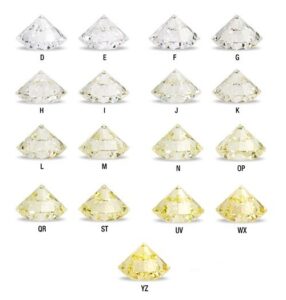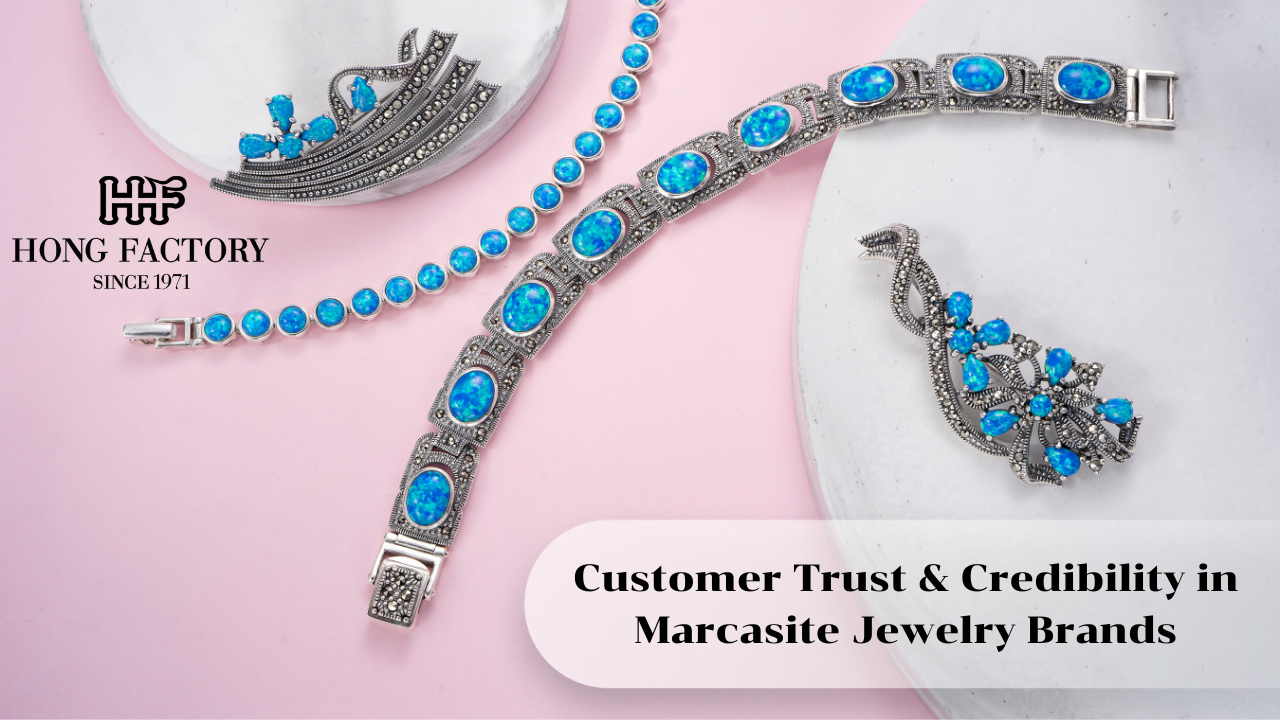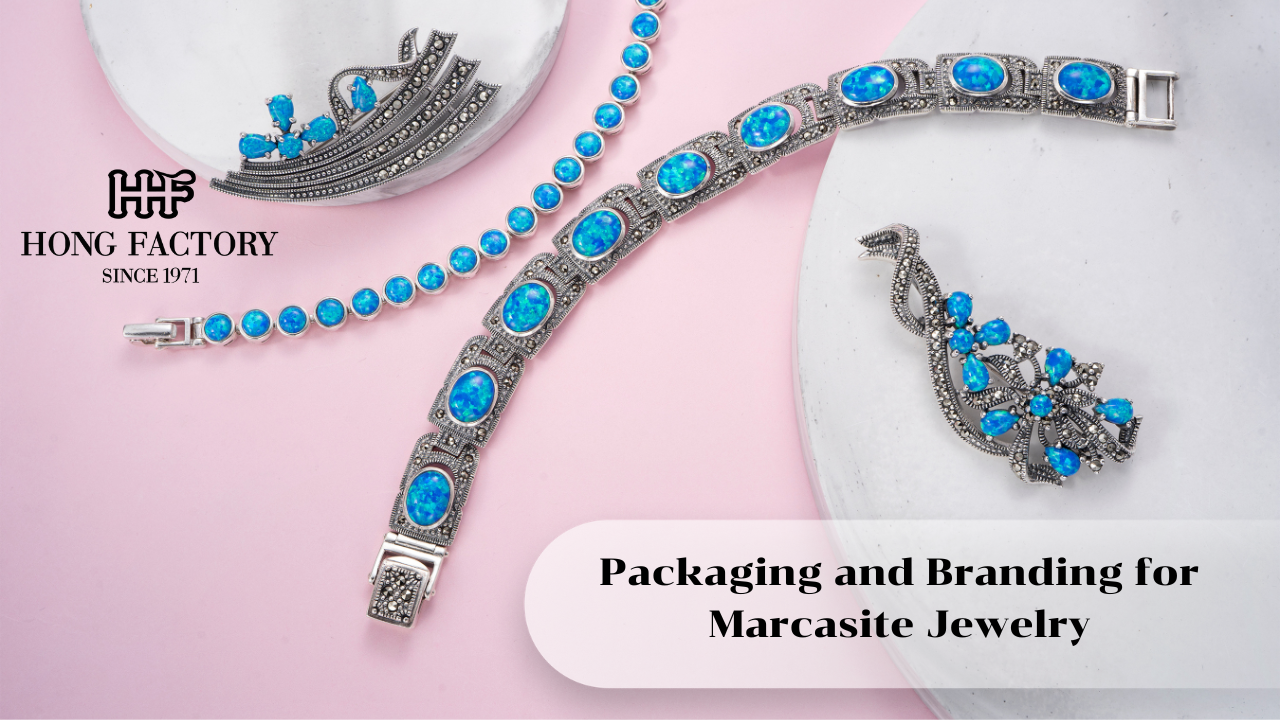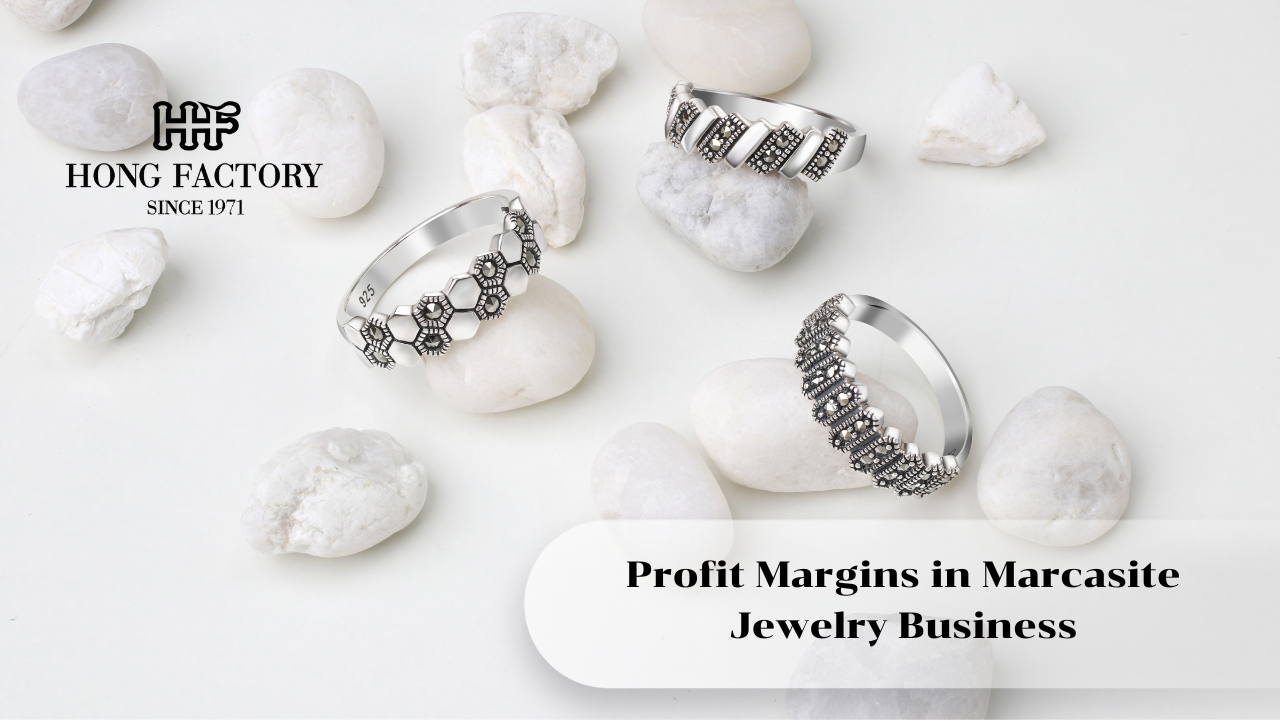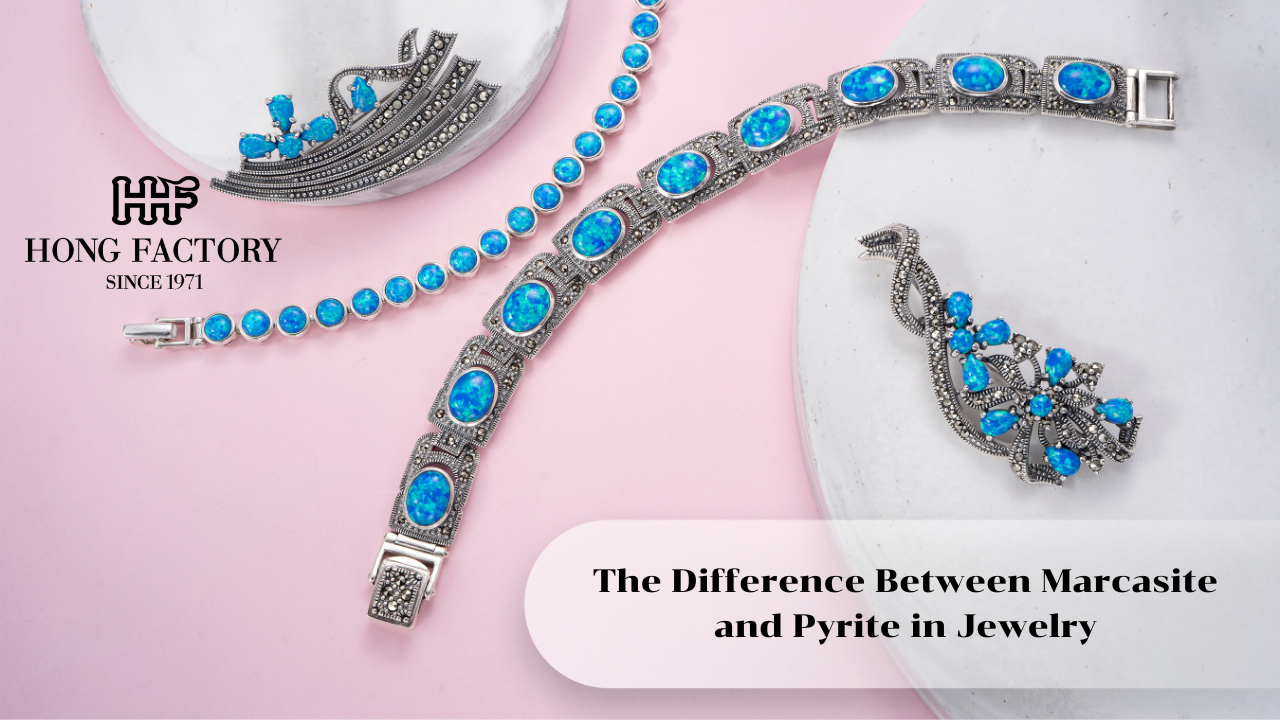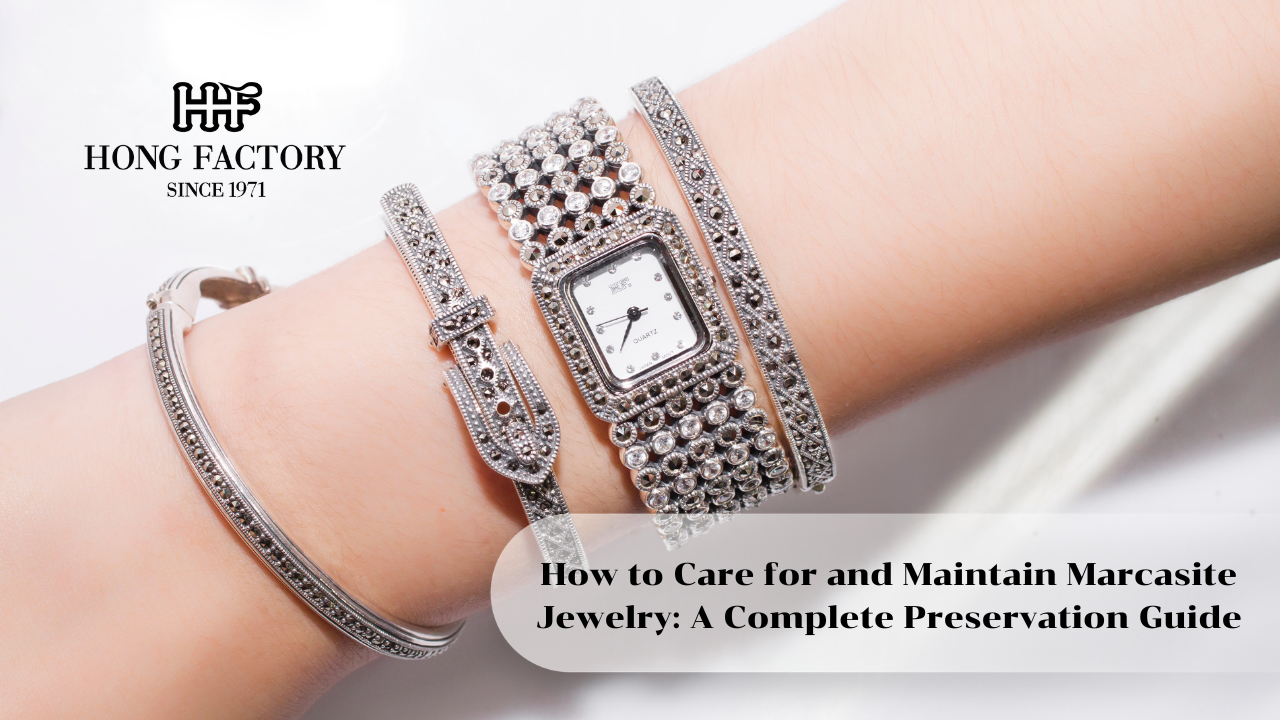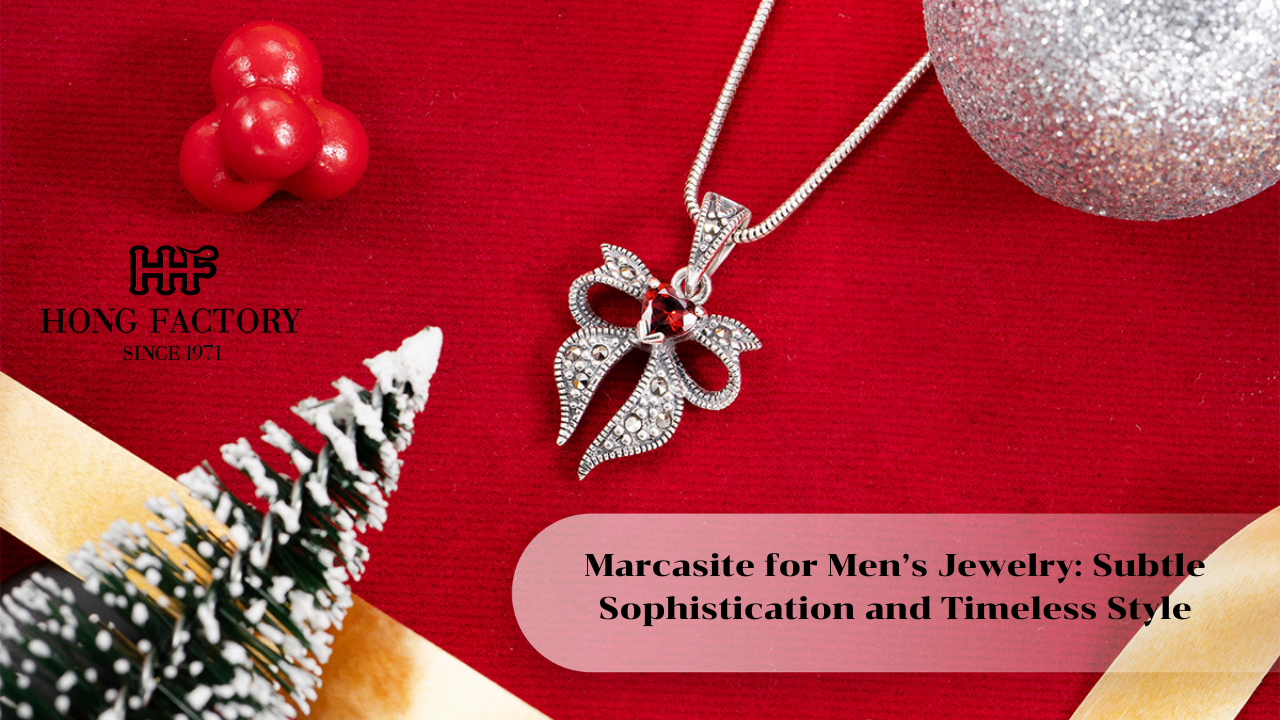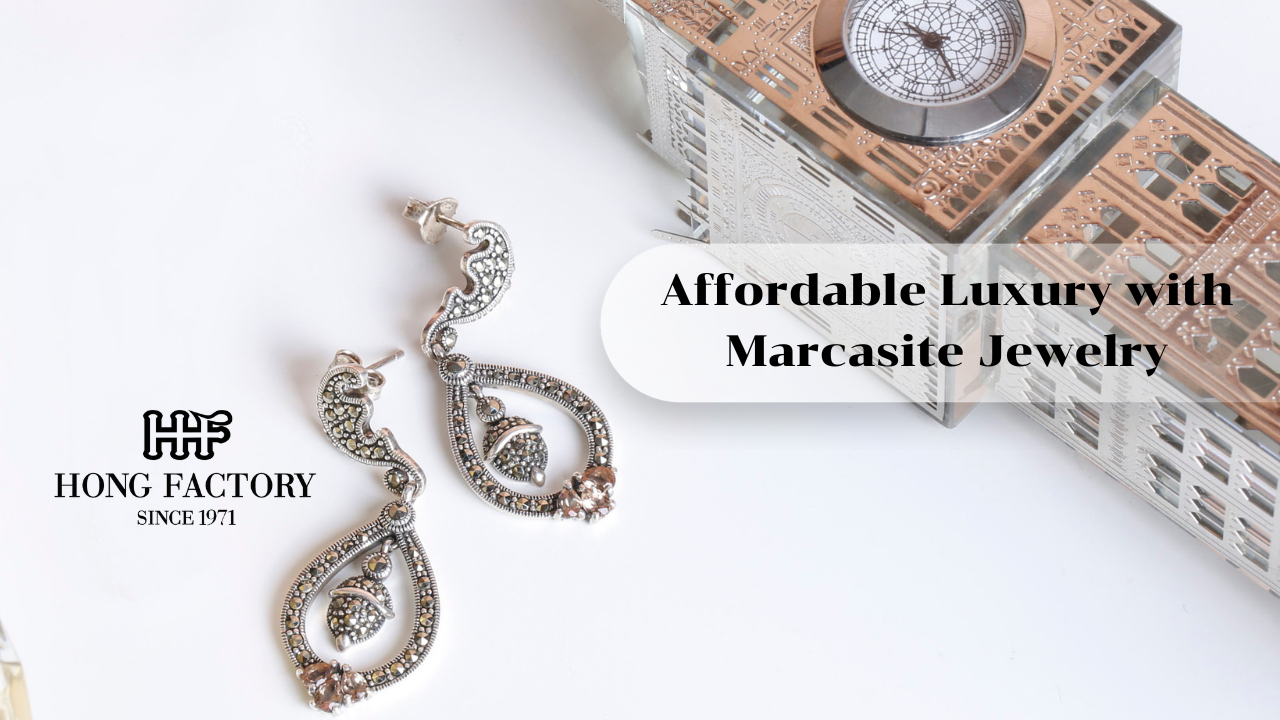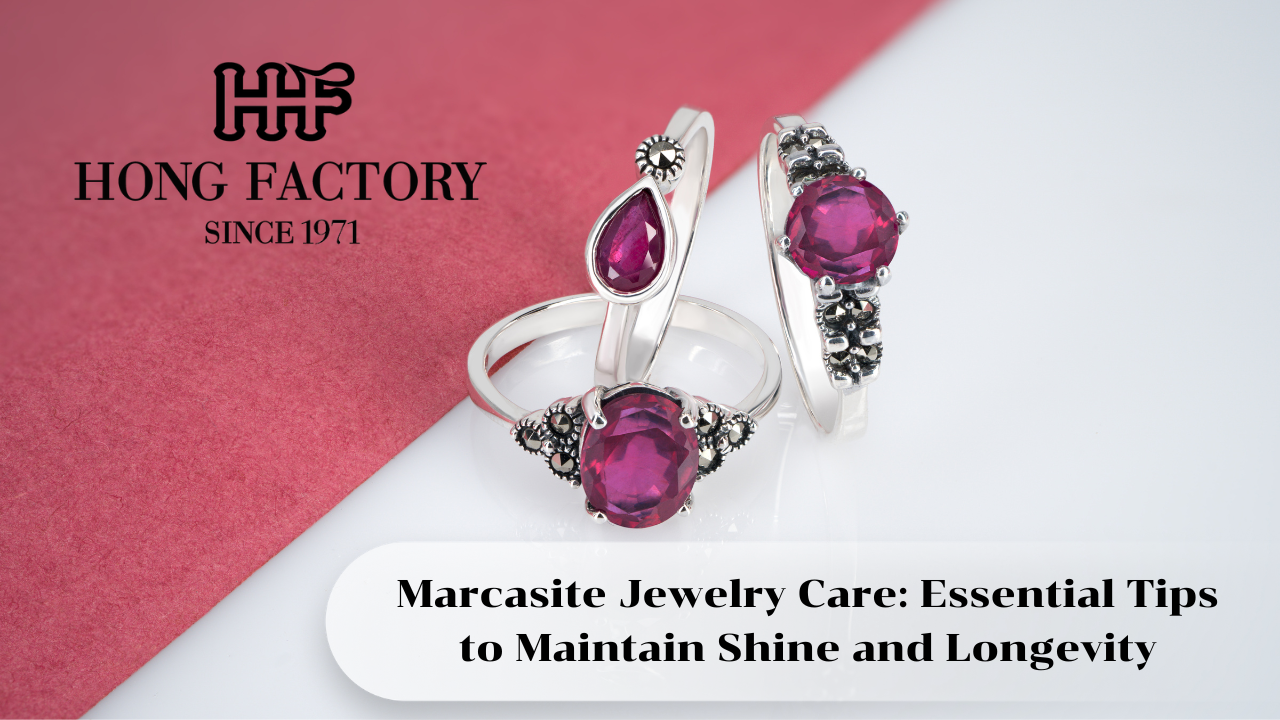When purchasing a diamond or any precious gemstone, understanding the 4Cs—Carat, Cut, Clarity, and Color—is essential. These four key factors determine the beauty, quality, and value of a gemstone, particularly diamonds. Whether you are buying an engagement ring, an investment stone, or simply a beautiful piece of jewelry, knowing the 4Cs will help you make an informed decision. Let’s explore each of these characteristics in detail.
Understanding the 4Cs: Carat, Cut, Clarity, and Color
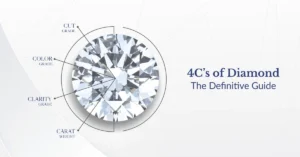
1. Carat: The Measure of Weight
Carat is the unit of measurement used to determine the weight of a gemstone. One carat is equal to 200 milligrams or 0.2 grams. While carat weight significantly impacts a gemstone’s price, it does not necessarily dictate its size, as different gemstones have different densities.
How Carat Affects Price
- Larger stones are rarer and more valuable, meaning the price increases exponentially with size.
- A 2-carat diamond is often more than twice the price of a 1-carat diamond of the same quality.
- Some sizes, like 0.90 carats, may offer better value than a full 1.00 carat because the difference in visual size is minimal but the price jump is significant.
Choosing the Right Carat Weight
- Consider finger size: A smaller carat may look larger on a slender finger.
- Prioritize cut over carat: A well-cut stone appears bigger and more brilliant.
- Balance with budget: Opting for slightly below a full carat (e.g., 0.95 ct) can save money while maintaining visual appeal.
2. Cut: The Key to Brilliance
Cut refers to how well a gemstone is shaped and faceted, directly affecting its brilliance and sparkle. Unlike carat, clarity, and color, which are determined by nature, cut quality is influenced by human craftsmanship.
Grading Diamond Cut
- Excellent (Ideal Cut) – Maximizes brilliance and fire; reflects nearly all light.
- Very Good Cut – High-quality brilliance, slightly less reflective than an excellent cut.
- Good Cut – Decent sparkle but allows some light to escape.
- Fair Cut – Less brilliance and fire due to light leakage.
- Poor Cut – Dull appearance, lacking proper proportion and symmetry.
Best Cuts for Maximizing Sparkle
- Round Brilliant – Offers the most brilliance due to 58 precise facets.
- Princess Cut – Modern square shape with excellent sparkle.
- Oval Cut – Elongated shape that enhances carat perception.
- Cushion Cut – Soft square or rectangular shape with vintage appeal.
- Emerald Cut – Step-cut facets emphasize clarity over brilliance.
3. Clarity: Evaluating Inclusions and Blemishes
Clarity measures a gemstone’s internal and external imperfections, called inclusions (inside) and blemishes (on the surface). The fewer inclusions, the rarer and more valuable the stone.
Diamond Clarity Scale
- FL (Flawless) – No internal or external flaws (extremely rare).
- IF (Internally Flawless) – No inclusions but may have minor external flaws.
- VVS1, VVS2 (Very, Very Slightly Included) – Inclusions are difficult to see under 10x magnification.
- VS1, VS2 (Very Slightly Included) – Minor inclusions visible under magnification.
- SI1, SI2 (Slightly Included) – Inclusions visible under magnification, but may be invisible to the naked eye.
- I1, I2, I3 (Included) – Visible inclusions that may impact brilliance and durability.
How to Choose the Right Clarity
- For budget-friendly choices: SI1 and SI2 diamonds can offer good value if inclusions are not visible to the naked eye.
- For investment-quality diamonds: VVS and higher clarity grades ensure rarity and value.
- For emerald and step-cut diamonds: Higher clarity is preferable as these cuts emphasize transparency.
4. Color: The Hue of Perfection
Color in diamonds refers to the absence of color. The less color a diamond has, the more valuable it is. The Gemological Institute of America (GIA) grades diamonds on a scale from D (colorless) to Z (noticeable yellow or brown tint).
Diamond Color Scale
- D-F (Colorless) – The highest quality and most valuable.
- G-J (Near Colorless) – Slightly tinted, but still appears white in most settings.
- K-M (Faint Color) – Noticeable warmth, often used in vintage settings.
- N-Z (Noticeable Color) – Visible yellow or brown tones, less valuable.
Tips for Choosing the Right Color
- For platinum or white gold settings: Choose D-G for a crisp white look.
- For yellow or rose gold settings: Lower color grades (H-K) can still appear white against warm-toned metal.
- Balance with clarity and cut: A well-cut diamond can mask slight color tints, making near-colorless diamonds a great choice.
Finding the Right Balance: The Best 4C Combination for You
When selecting a gemstone, consider how the 4Cs interact:
- For Maximum Sparkle: Prioritize Cut over Carat.
- For Best Value: Choose a diamond slightly below milestone carat weights (e.g., 0.90 ct instead of 1.00 ct).
- For Eye-Clean Beauty: An SI1 or VS2 clarity diamond offers great value without visible flaws.
- For Classic Elegance: A G-H color diamond balances brilliance and affordability.
Understanding the 4Cs—Carat, Cut, Clarity, and Color—empowers buyers to make well-informed choices when selecting diamonds and gemstones. By prioritizing what matters most to you—whether it’s brilliance, size, purity, or color—you can find the perfect gemstone that fits your budget and aesthetic preferences. Whether for an engagement ring, investment, or personal collection, the right balance of the 4Cs ensures a timeless and valuable purchase.




